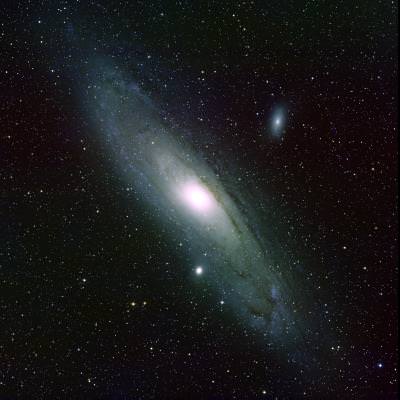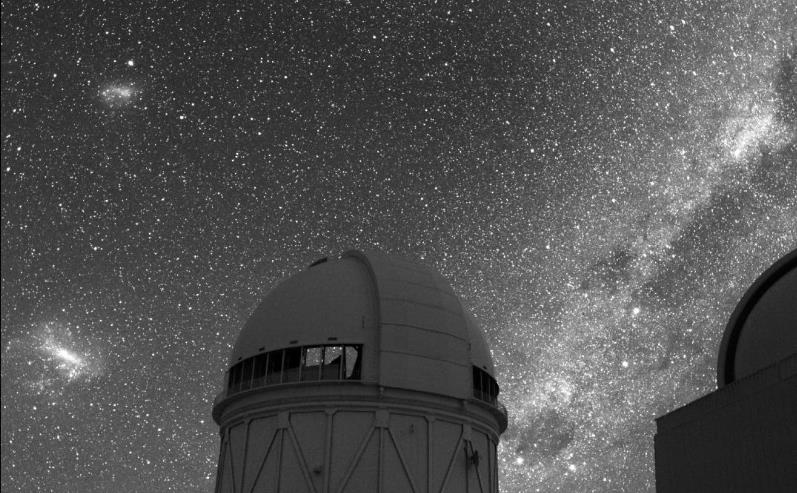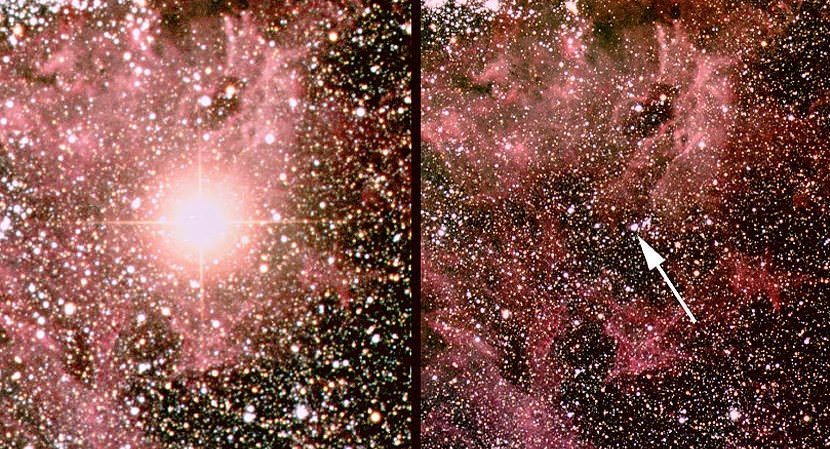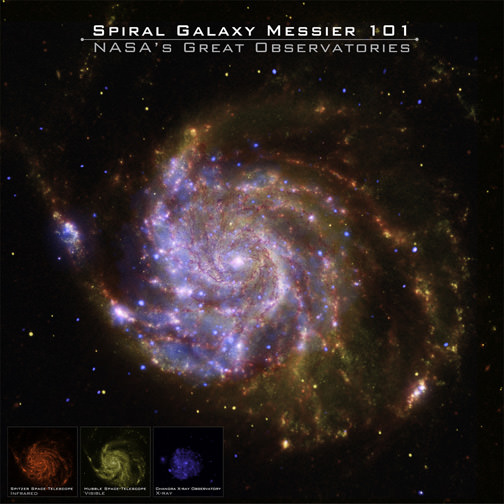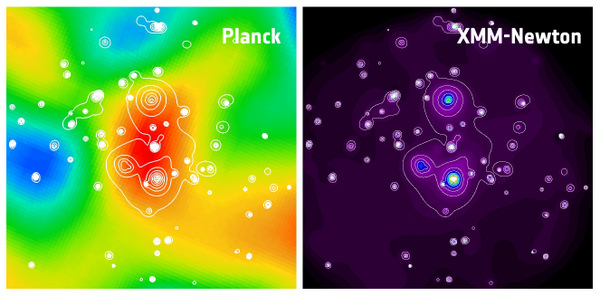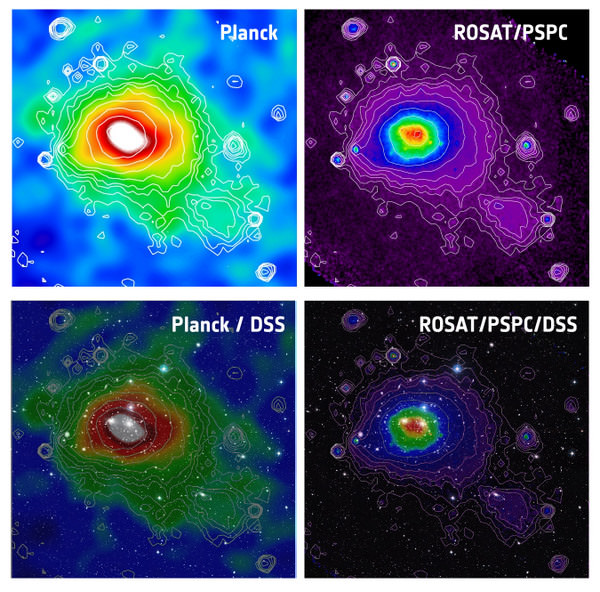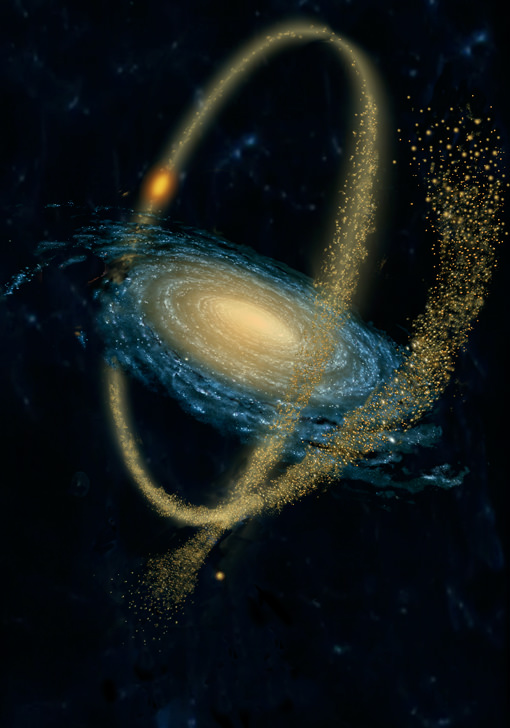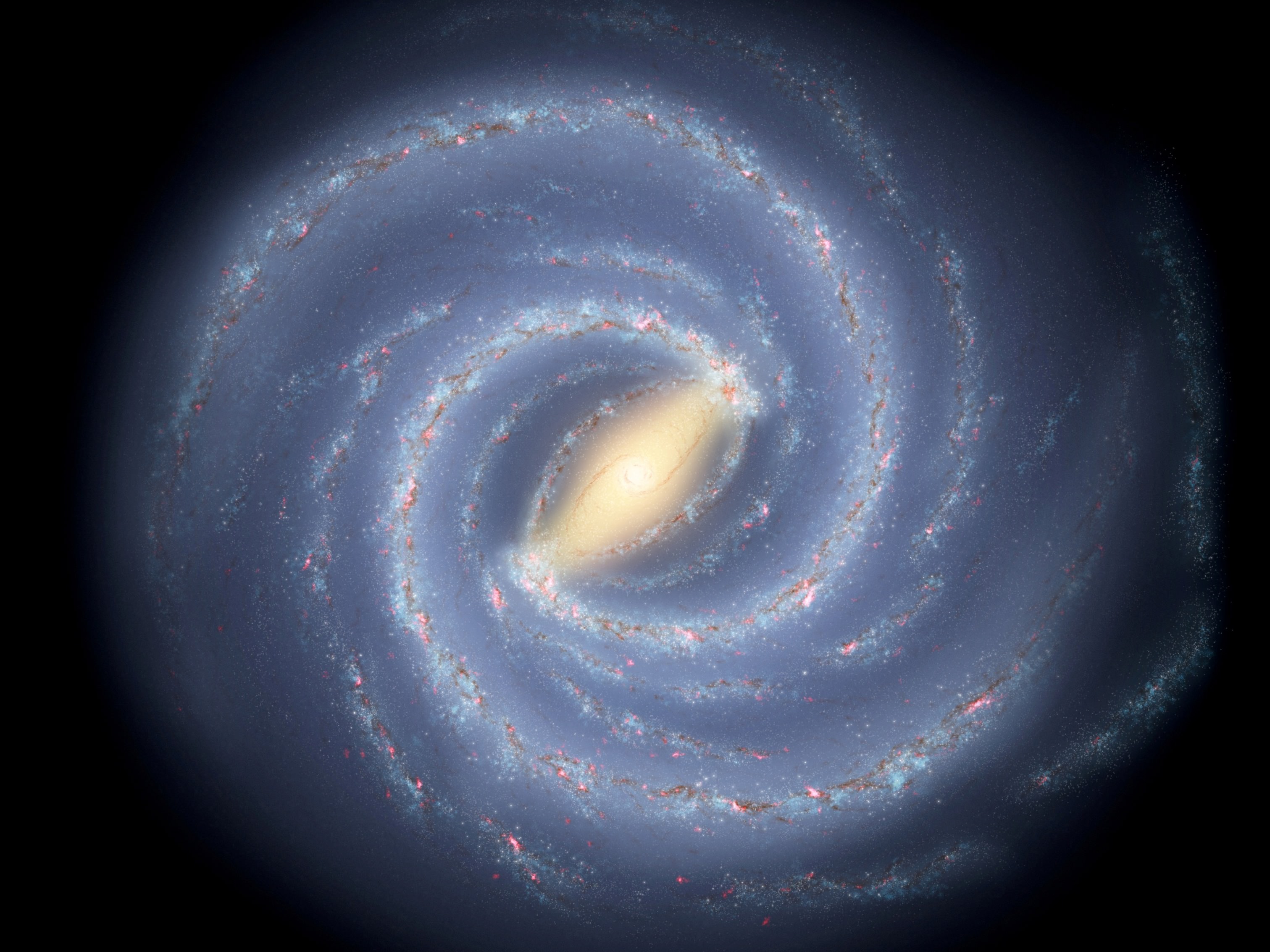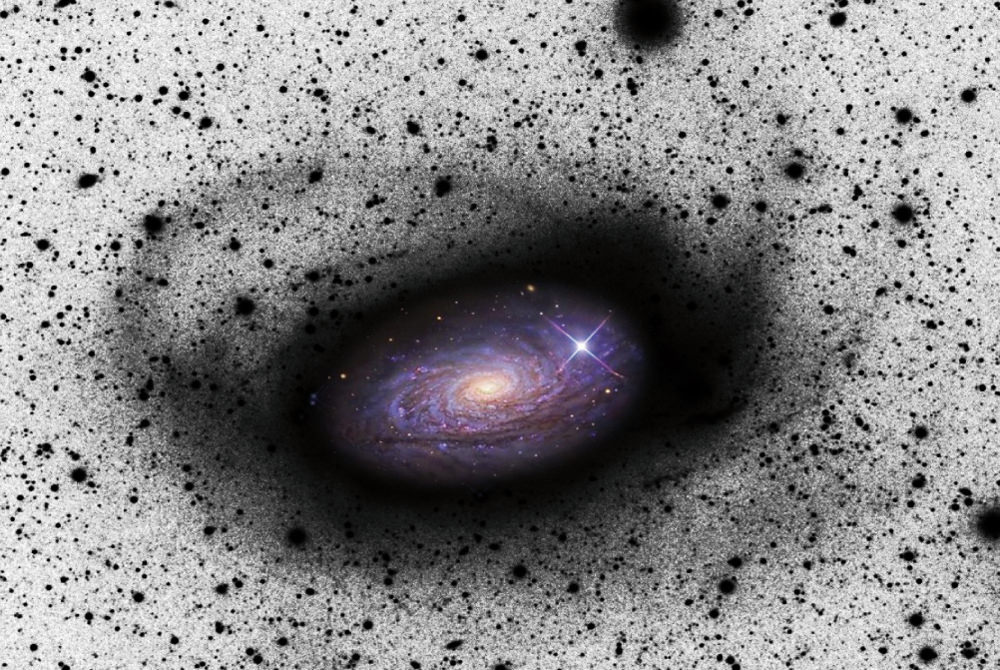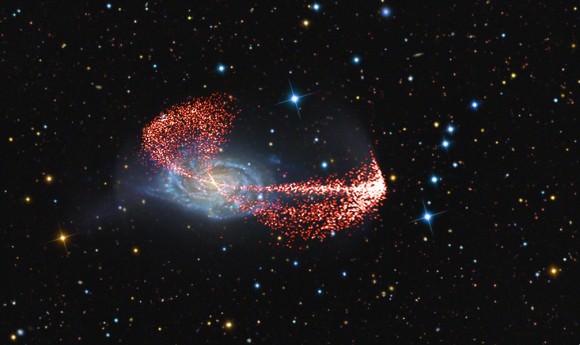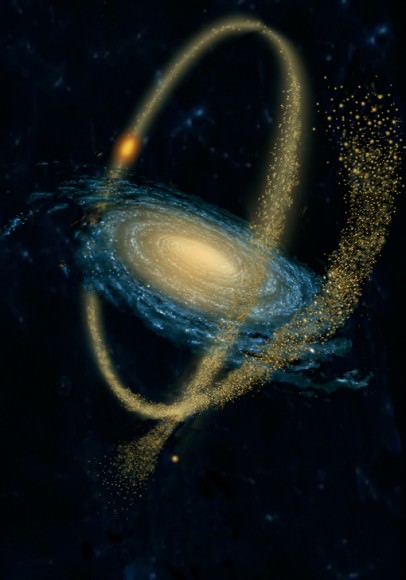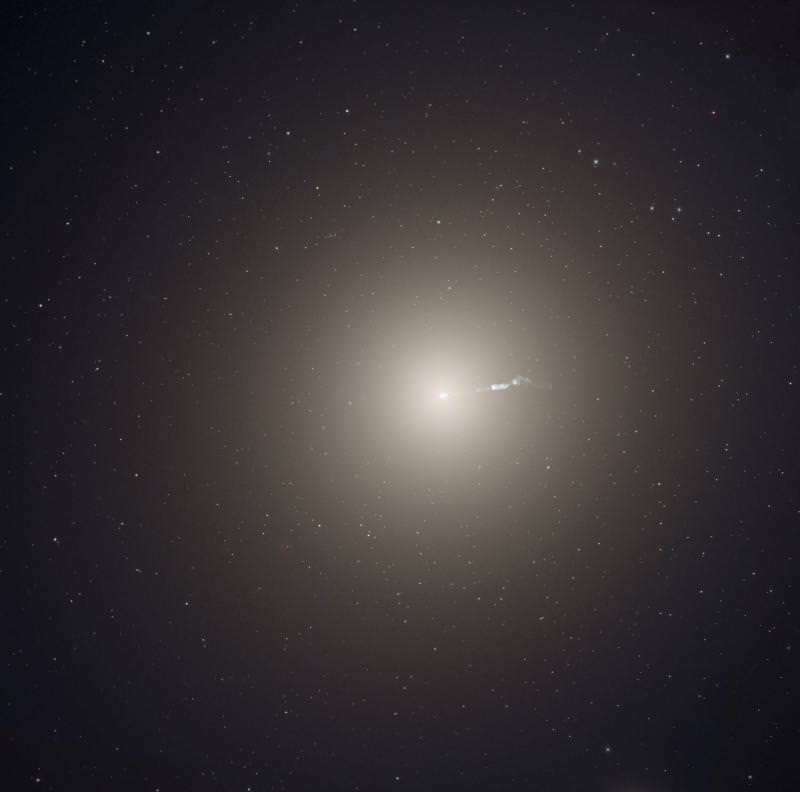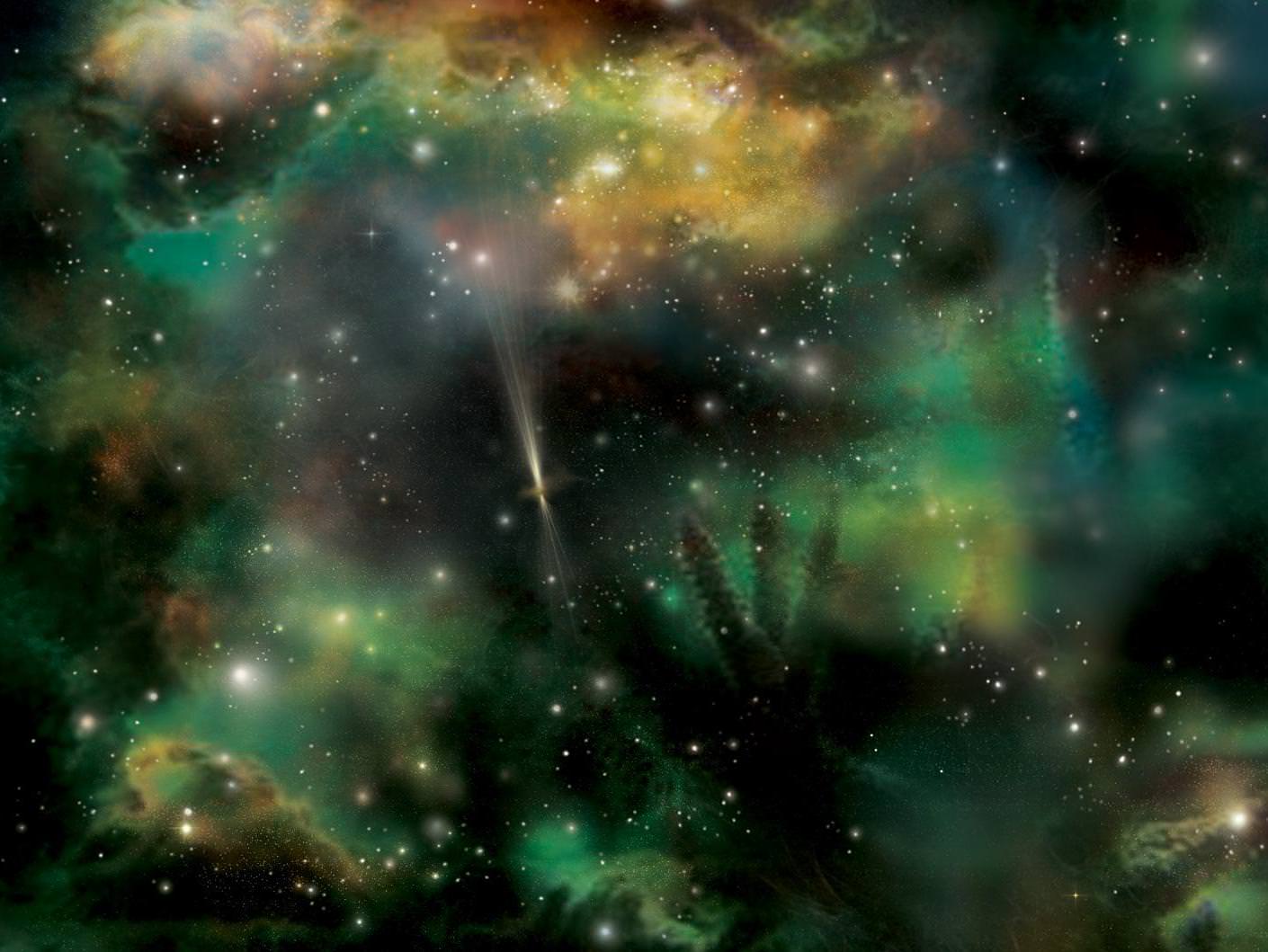Early on in astronomical history, galactic rotation curves were expected to be simple; they should operate much like the solar system in which inner objects orbit faster and outer objects slower. To the surprise of many astronomers, when rotation curves were eventually worked out, they appeared mostly flat. The conclusion was that the mass we see was only a small fraction of the total mass and that a mysterious Dark Matter must be holding the galaxies together, forcing them to rotate more like a solid body.
Recent observations of the Andromeda Galaxy’s (M31) rotation curve has shown that there may yet be more to learn. In the outermost edges of the galaxy, the rotation rate has been shown to increase. And M31 isn’t alone. According to Noordermeer et al. (2007) “in some cases, such as UGC 2953, UGC 3993 or UGC 11670 there are indications that the rotation curves start to rise again at the outer edges of the HI discs.” A new paper by a team of Spanish astronomers attempts to explain this oddity.
Although many spiral galaxies have been discovered with the odd rising rotational velocities near their outer edges, Andromeda is both one of the most prominent and the closest. Detailed studies from Corbelli et al. (2010) and Chemin et al. (2009), mapped out the rise in HI gas, showing that the velocity increases some 50 km/s in the outer 7 kiloparsecs mapped. This makes up a significant fraction of the total radius given the studies extended to only ~38 kiloparsecs. While conventional models with Dark Matter are able to reproduce the rotational velocities of the inner portions of the galaxy, they have not explained this outer feature and instead predict that it should slowly fall off.
The new study, led by B. Ruiz-Granados and J.A. Rubino-Martin from the Instituto de Astrofisica de Canarias, attempts to explain this oddity using a force with which astronomers are very familiar: Magnetic fields. This force has been shown to decrease less rapidly than others over galactic distances and in particular, studies of M31’s magnetic field shows that it slowly changes angle with distance from the center of the galaxy. This slowly changing angle works in such a manner as to decrease the angle between the field and the direction of motion of particles within it. As a result, “the field becomes more tightly wound with increasing galactocentric distance” making the decrease in strength even slower.
Although galactic magnetic fields are weak by most standards, the sheer amount of matter they can affect and the charged nature of many gas clouds means that even weak fields may play an important role. M31’s magnetic field has been estimated to be ~4.6 microGauss. When a magnetic field with this value is added into the modeling equations, the team found that it greatly improved the fit of models to the observed rotation curve, matching the increase in rotational velocity.
The team notes that this finding is still speculative as the understanding of the magnetic fields at such distances is based solely on modeling. Although the magnetic field has been explored for the inner portions of the galaxy (roughly the inner 15 kiloparsecs), no direct measurement has yet been made in the regions in question. However, this model makes strict observational predictions which could be confirmed by future missions LOFAR and SKA.

